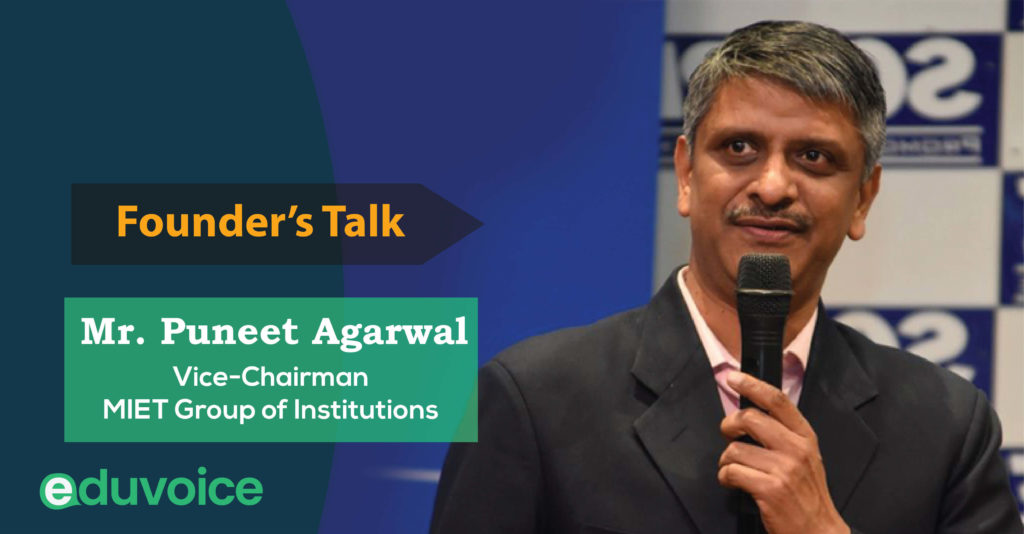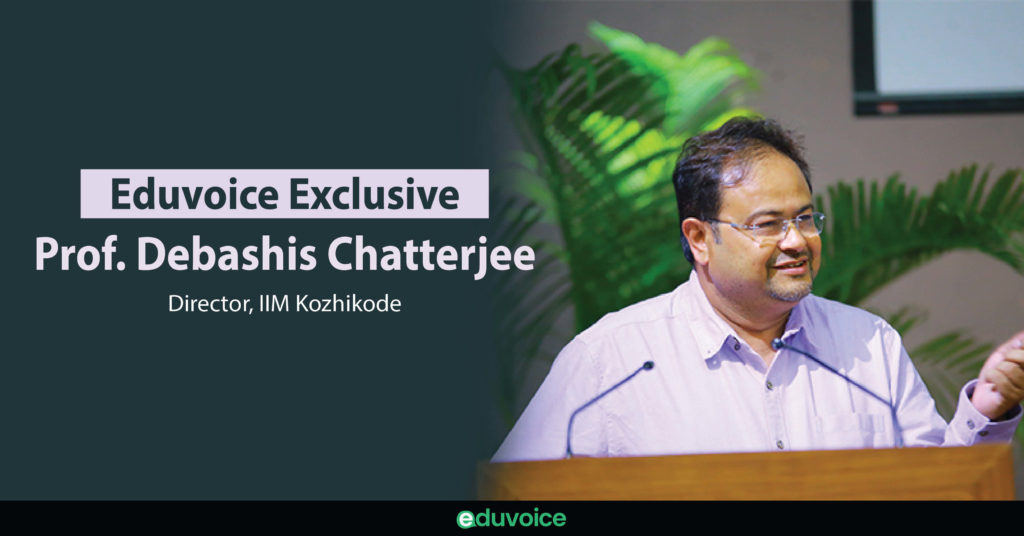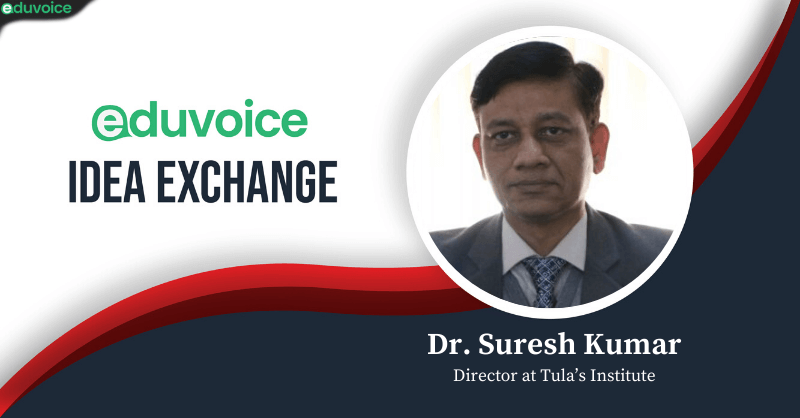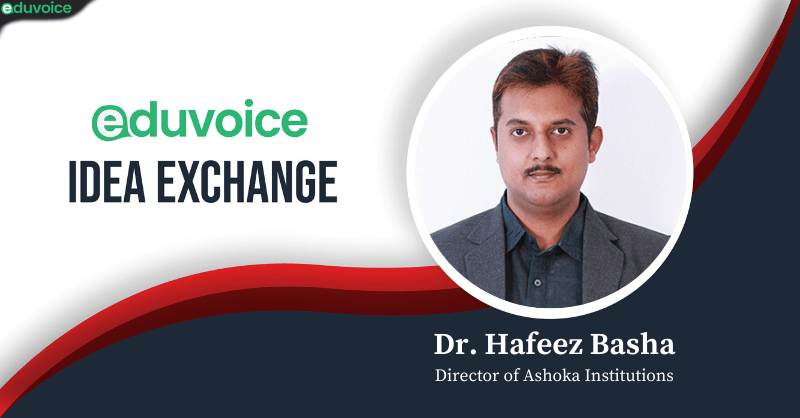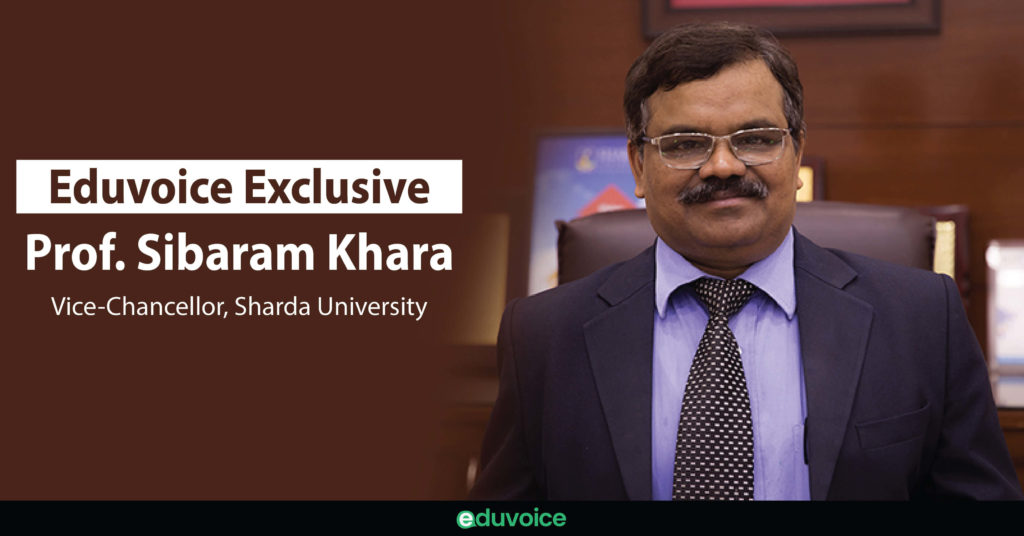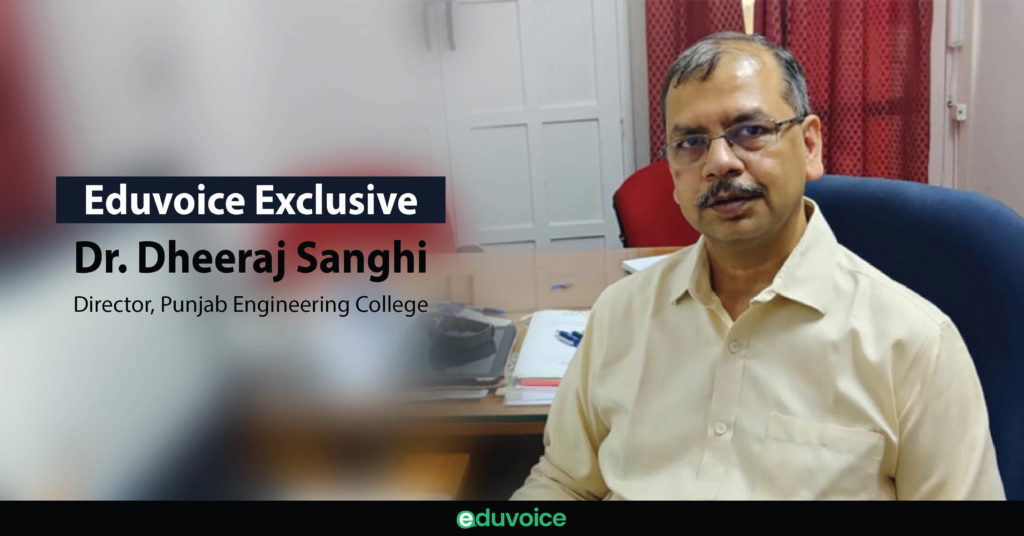Tag Archives: interview
Privatization of education had been done years ago, and private universities have been into existence ever since. However, there is still a stigma attached to the quality of education delivered by private varsities. Be it private or government, striving for growth and delivering top-class education is the primary goal of most universities. As we know, […]
For years, students have traveled abroad to pursue higher studies. The reason being the infrastructure, course structure, and the faculties in foreign universities are excellent and provide them with all-round knowledge to kick-start their careers and entrepreneurial pursuits. Thus, student exchange programs have been started and several facilities have been developed to help students pursue […]

